Donald Judd's furniture arrives in South Korea for the first time
At Hyundai Card Storage, a new exhibition curated by Flavin Judd brings together thirty-eight furniture designs by the artist, revealing how his thinking on proportion, materials and use shaped everyday space

Between 1970 and 1990, Donald Judd increasingly shifted his focus from autonomous art objects to the spaces of everyday life. It was a period of experimentation that gave rise to furniture in wood, metal and plywood, that demonstrated a functional yet deeply philosophical approach to domestic objects – 'furniture must possess usability and utility,' he once said. For Judd, furniture was never secondary to his sculptural work. Instead, it formed part of a continuous investigation into proportion, structure and the way bodies move through space.
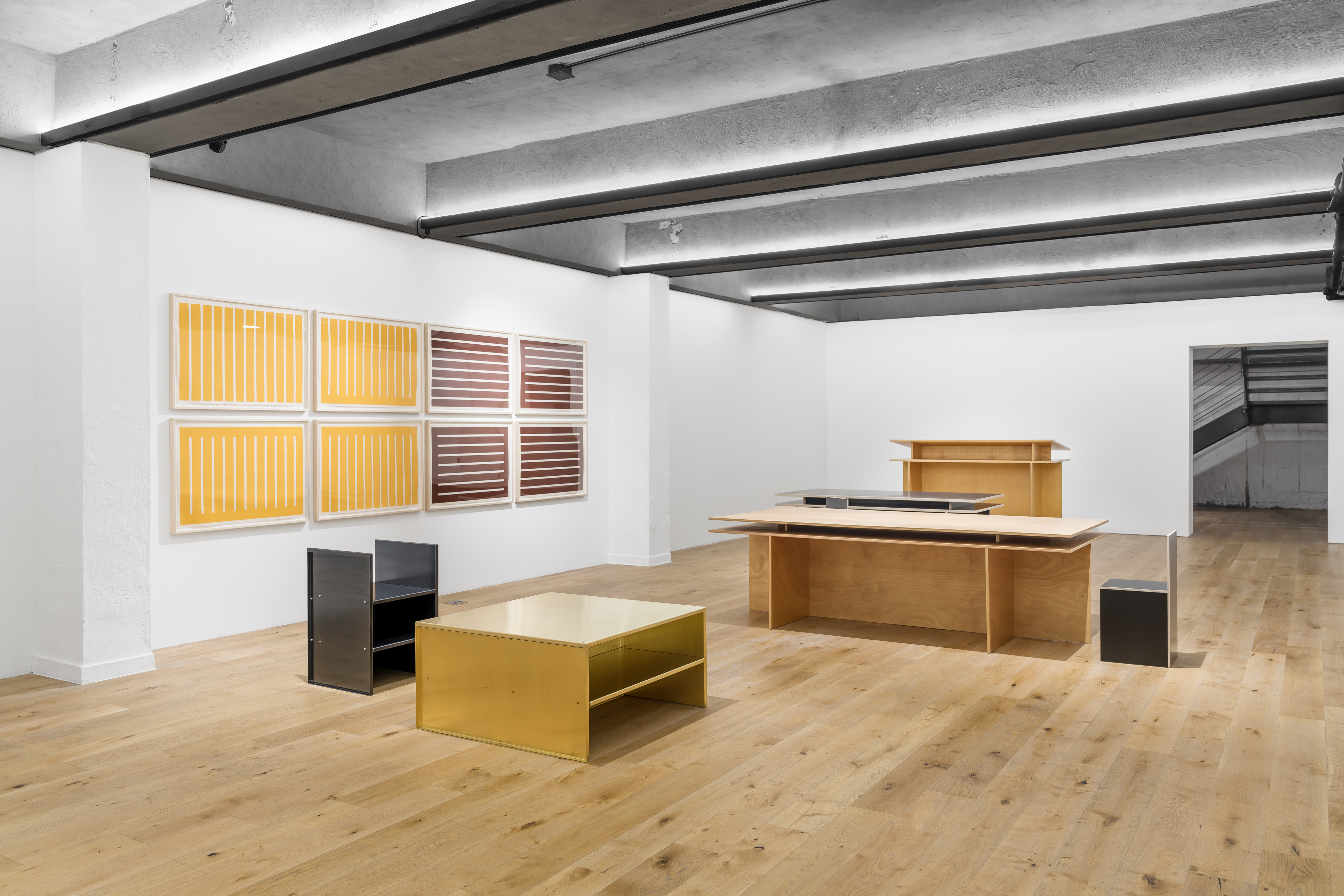
Now on view at Itaewon gallery, Hyundai Card Storage, in Seoul, the Judd Foundation presents Donald Judd: Furniture, an exhibition that brings together thirty-eight of the American artist’s designs realised during this time. Curated by Flavin Judd, artistic director of Judd Foundation and the late artist's son, the presentation includes furniture, drawings, and prints from Judd Foundation collections as well as designs specially fabricated by Donald Judd Furniture for the occasion. It also marks the first time Judd’s furniture has been the subject of a dedicated exhibition in South Korea.
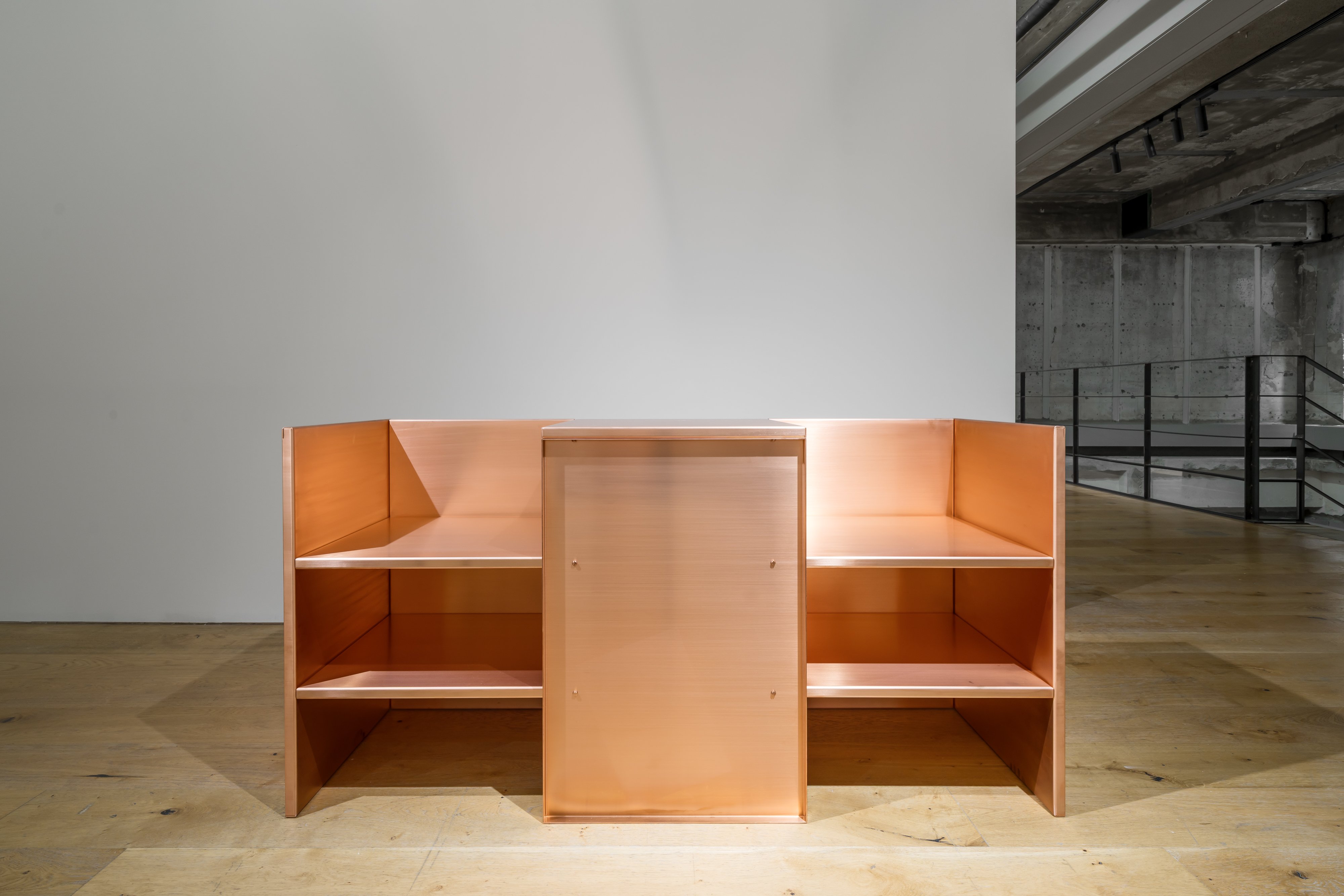
The exhibition, which follows on from the 2020 Judd retrospective at MoMA – also sponsored by Hyundai Card, is organised into four spaces informed by the artist’s own working and living environments and his thinking on space, colour and material, and the layout is. It's an approach that Flavin Judd hopes will help visitors to experience the works not as isolated artefacts, but as elements within a larger spatial system. This architectural framing offers insight into the practical and philosophical conditions under which the furniture was conceived, while opening up questions about how Judd imagined these objects being used, inhabited and encountered.
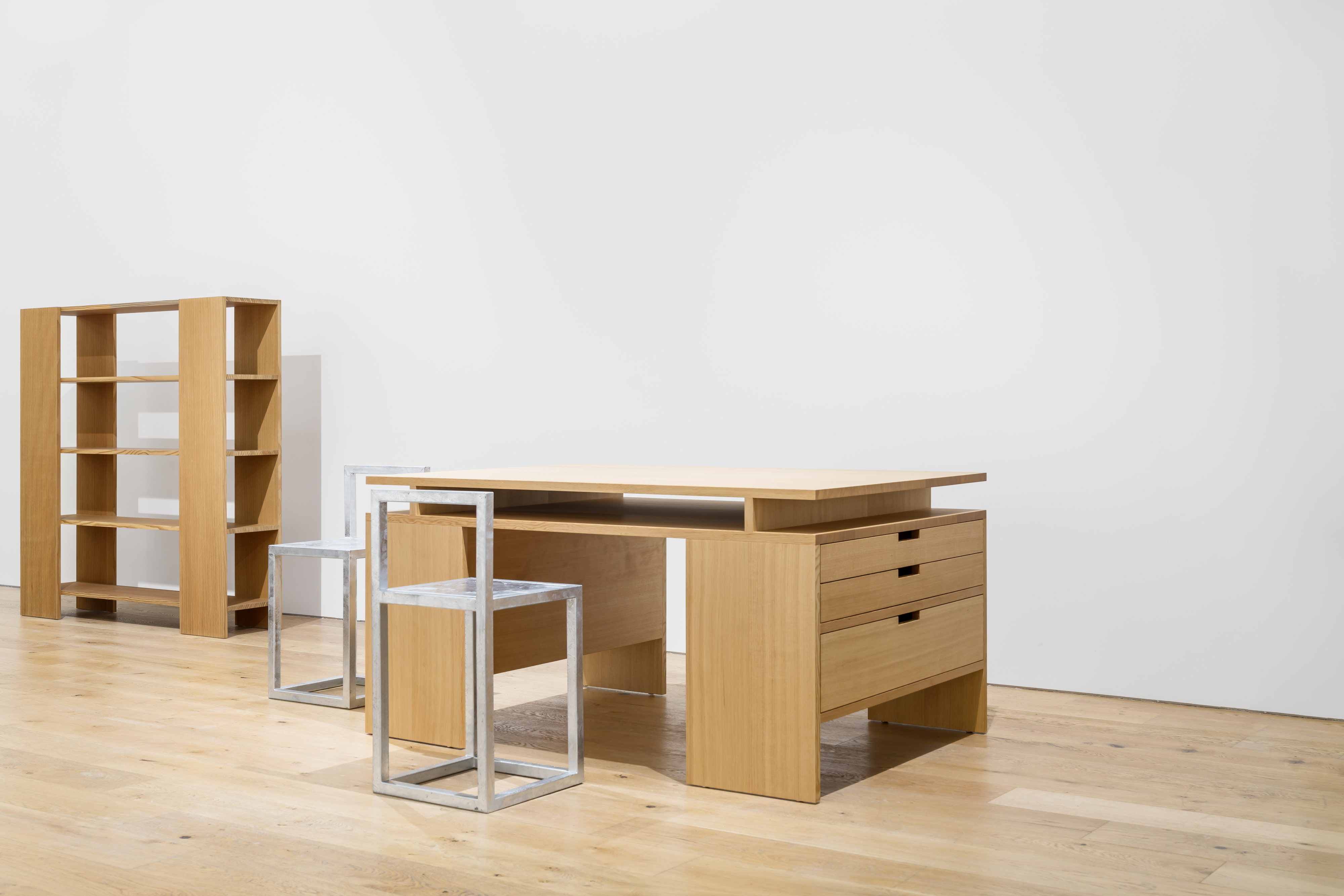
Like many designers, Judd began making furniture in response to what was available to him, famously dismissing most post-1920s design – with a few exceptions – as ‘junk for consumers’. His first pieces were made in the early 1970s for his residence at 101 Spring Street in New York, including a wooden bed and a metal washbasin. In 1977, he returned to furniture while building a new home in Marfa, Texas, and by the mid-1980s had developed a wide range of wooden works, including beds, desks, benches, chairs and shelving, alongside metal chairs, benches, beds and tables.
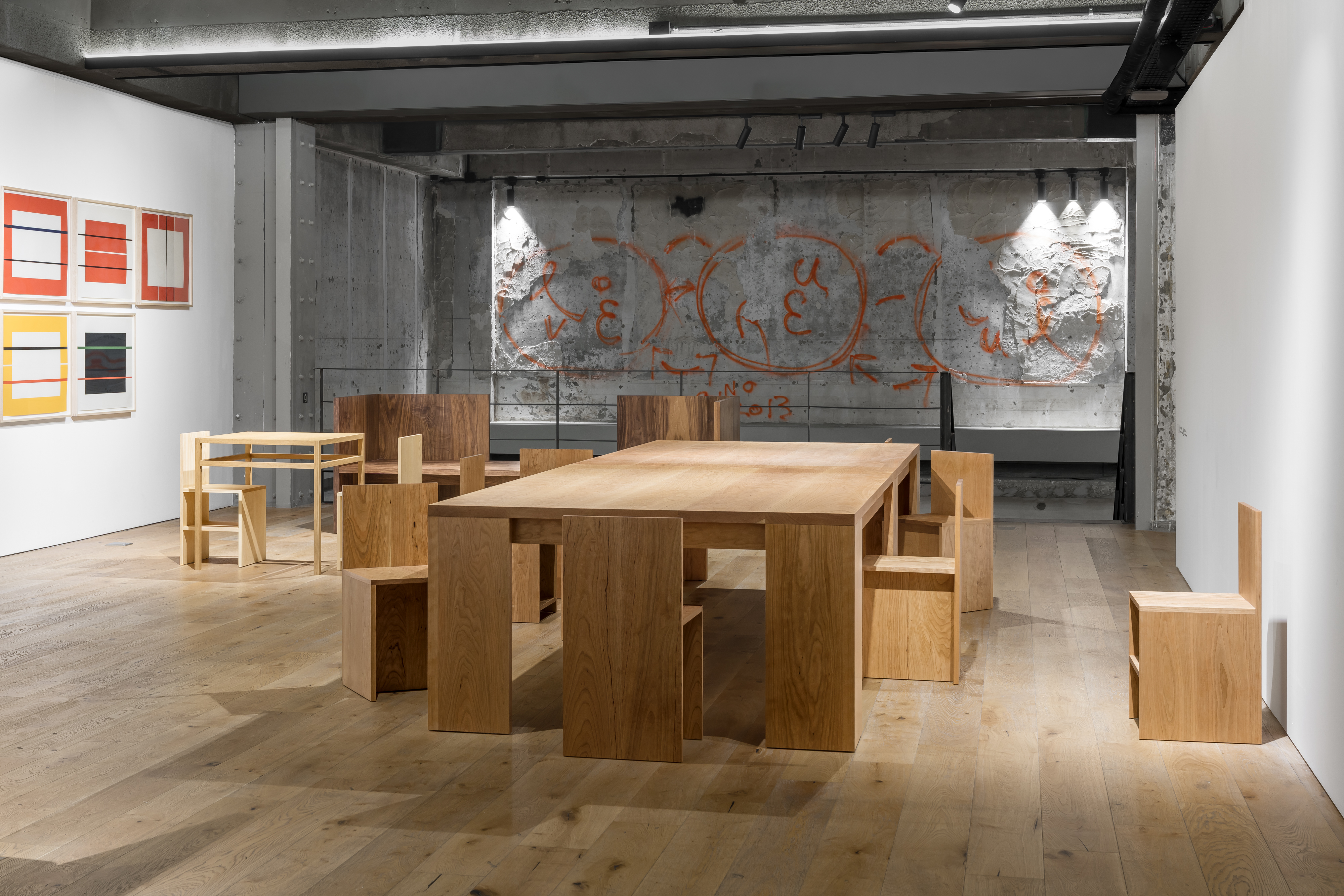
From 1984 to 1993, he continued to expand this body of work, notably introducing plywood furniture in 1991. During this period, he sought to systematically define his approach to design, production and distribution. Each piece, although simple in its appearance, was tightly specified, with close attention to dimensions, materials, construction and finishes. Judd placed particular value on skilled handwork, working closely with local carpenters and metalworkers, whom he personally selected, to achieve the level of precision he demanded.
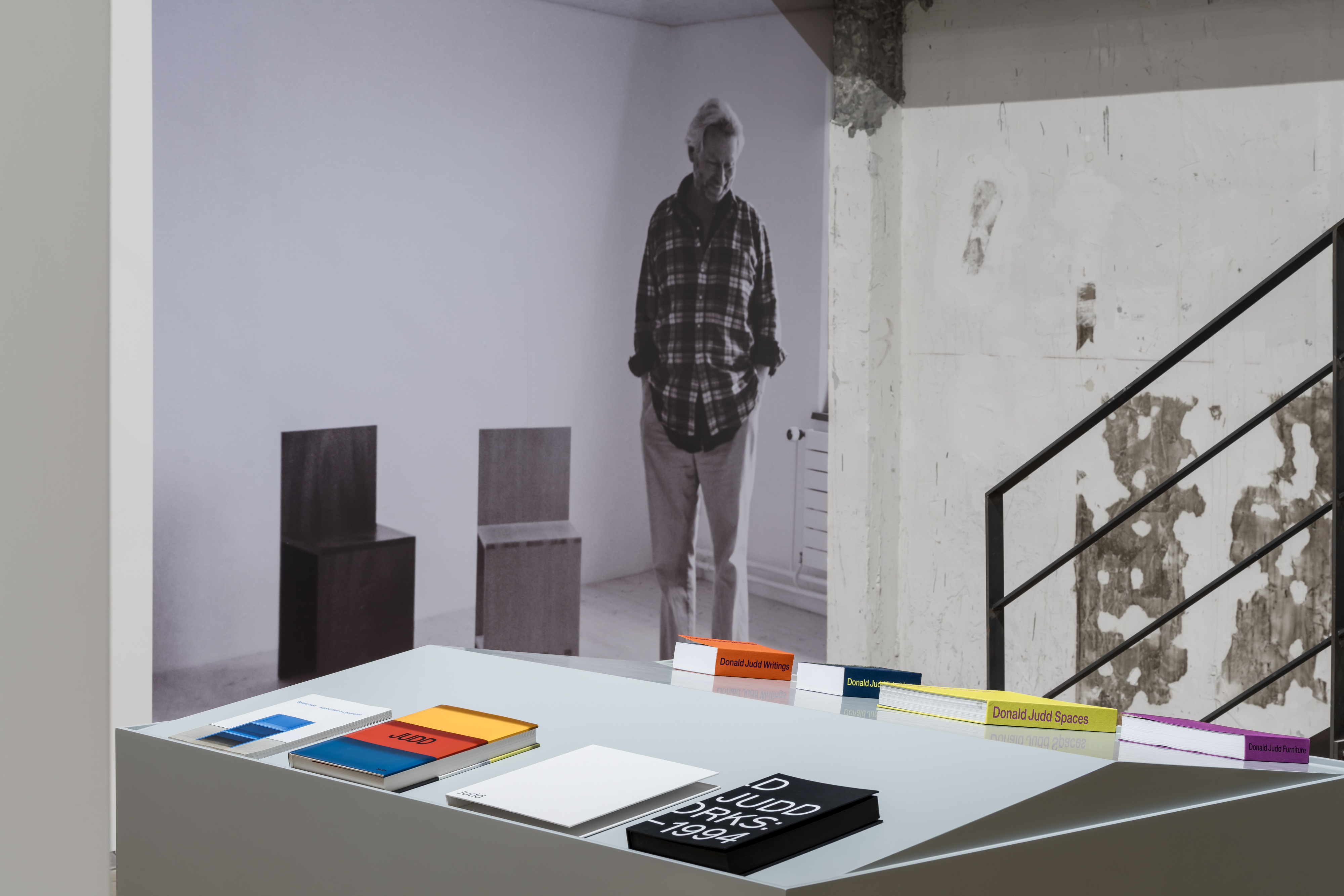
Alongside the furniture, three groups of prints highlight the conceptual thinking that shaped the works on display. Silkscreens and woodcuts produced from the 1950s to the 1990s reveal Judd’s sustained interest in seriality, rhythm and chromatic structure. Installed drawings further demonstrate how materials, dimensions and construction logic were developed and refined, tracing a line from idea to object, as do the eight volumes displayed on the central staircase.

Last year, the Donald Judd Foundation and MACK published Donald Judd Furniture, a book cataloguing the artist’s efforts to create everyday objects that were both useful and satisfying to live with.
Receive our daily digest of inspiration, escapism and design stories from around the world direct to your inbox.
It features more than 100 designs, presented through sketches and photographs taken in the artist’s homes and studios in New York and Texas. The presentation in Seoul offers a rare opportunity to encounter these pieces together in person, and to witness Judd’s approach to furniture as a way of thinking through space itself.
Donald Judd Furniture runs until April 26 2026 at Hyundai Card Storage, 248 B2 Itaewon-ro, 한남동 Yongsan District, Seoul, South Korea


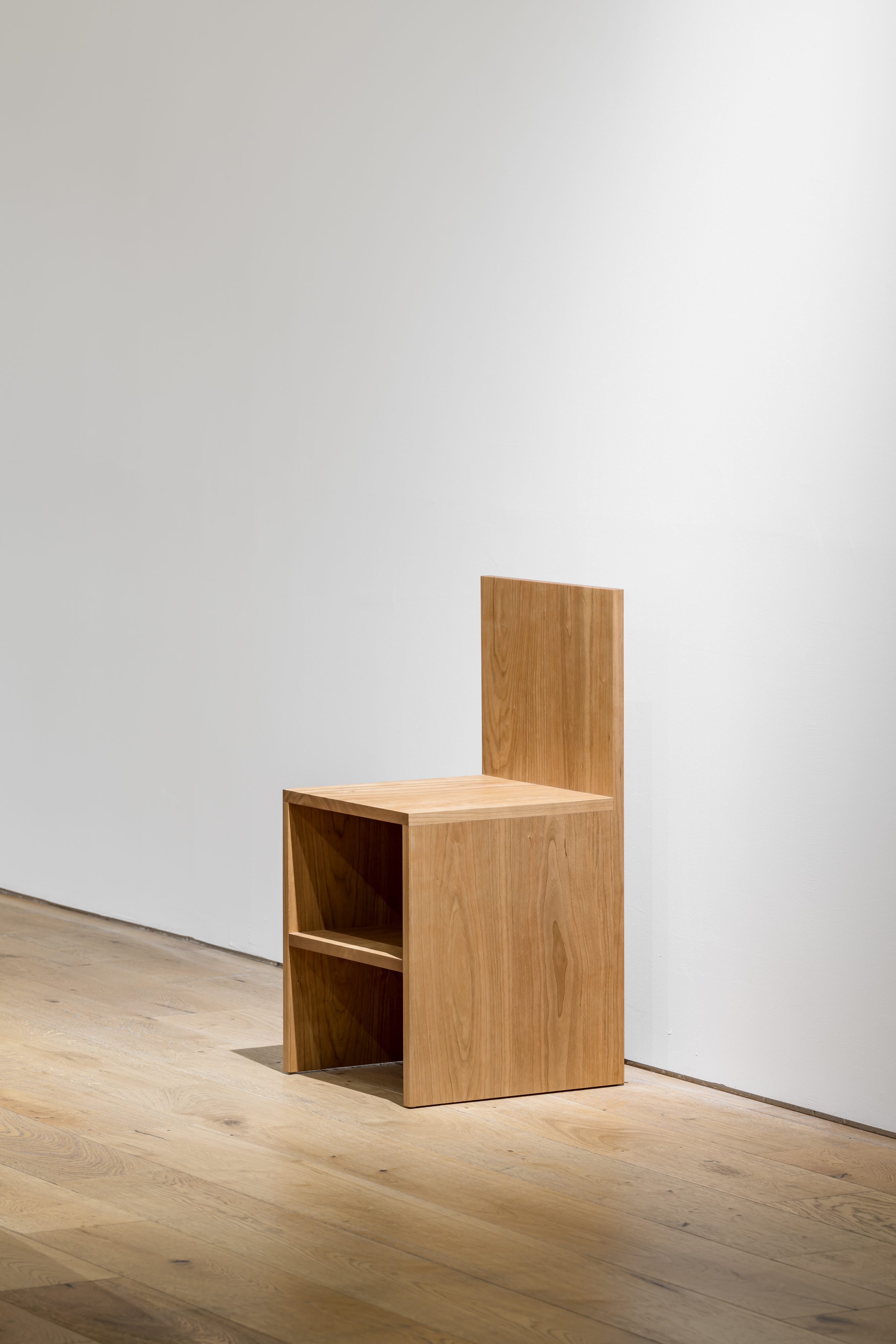
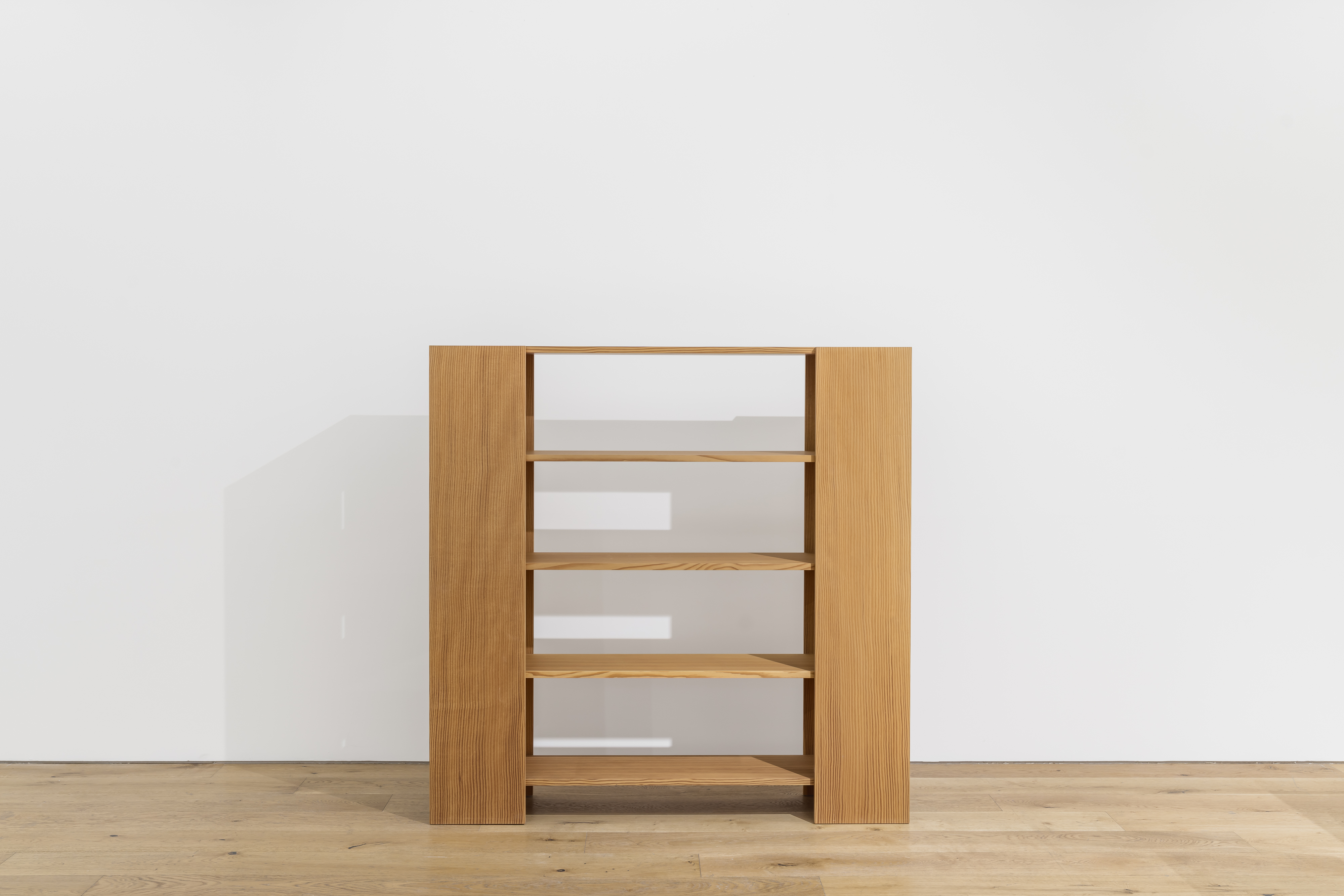

Ali Morris is a UK-based editor, writer and creative consultant specialising in design, interiors and architecture. In her 16 years as a design writer, Ali has travelled the world, crafting articles about creative projects, products, places and people for titles such as Dezeen, Wallpaper* and Kinfolk.
-
 The best Miami hotels to book for design-minded travellers
The best Miami hotels to book for design-minded travellersIn town for Art Basel or Design Miami? These are the city’s most stylish stays, whether you’re looking to hit the beach or have a spa day
-
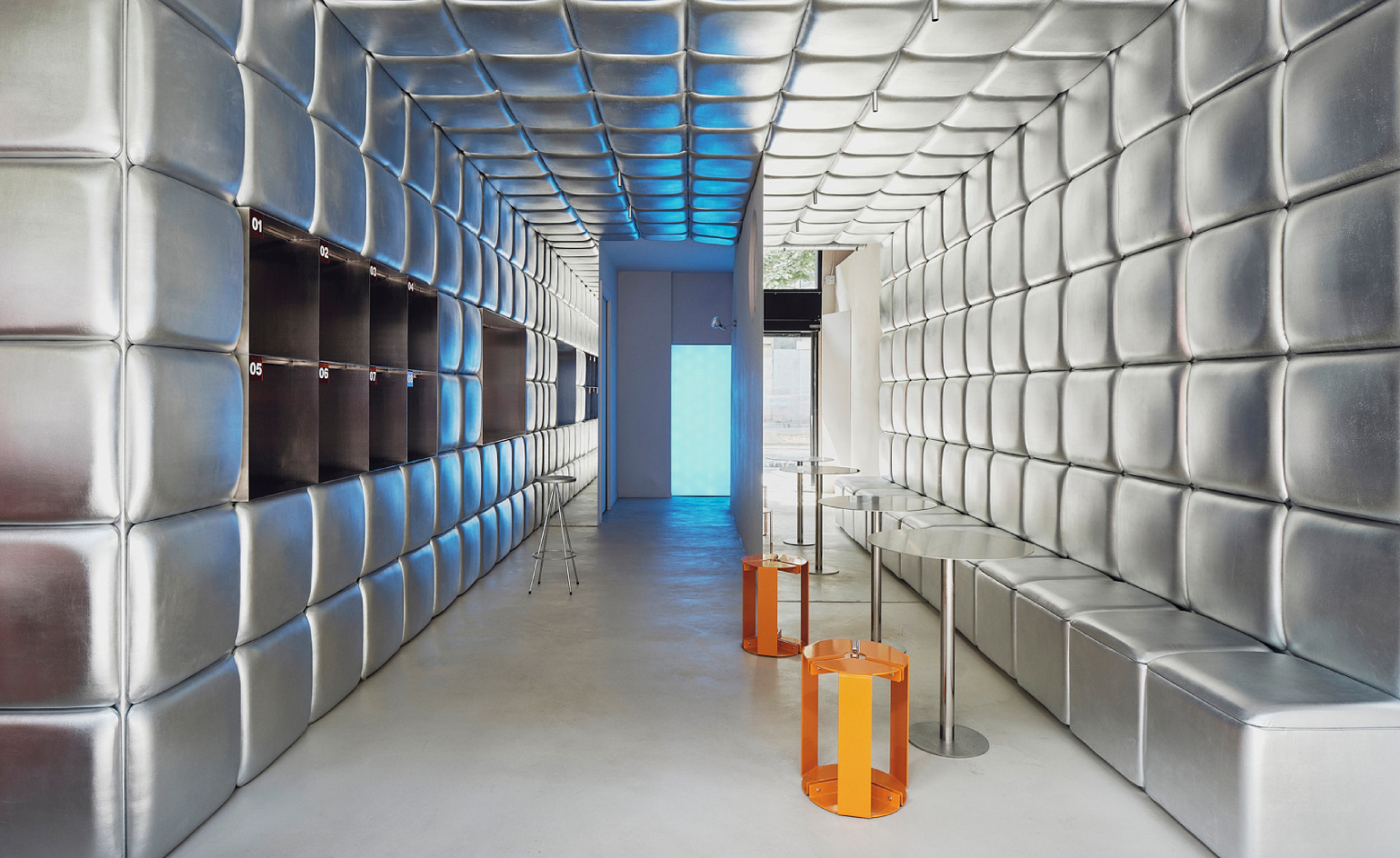 Enter a metallic, maximalist playground for pasta lovers in Barcelona
Enter a metallic, maximalist playground for pasta lovers in BarcelonaRelleno’s first flagship restaurant pushes casual dining into a chrome-lined future, wrapping guests in a sculptural grid that riffs on the geometry of filled pasta
-
 This Alpine chalet rejects the ‘modern ski’ aesthetic to embrace art deco
This Alpine chalet rejects the ‘modern ski’ aesthetic to embrace art decoOriginally designed by architect Henry Jacques Le Même, a key figure in shaping the Alpine style, Le Sarto in Megève, France, has been captivatingly transformed by interior architecture studio Claves
-
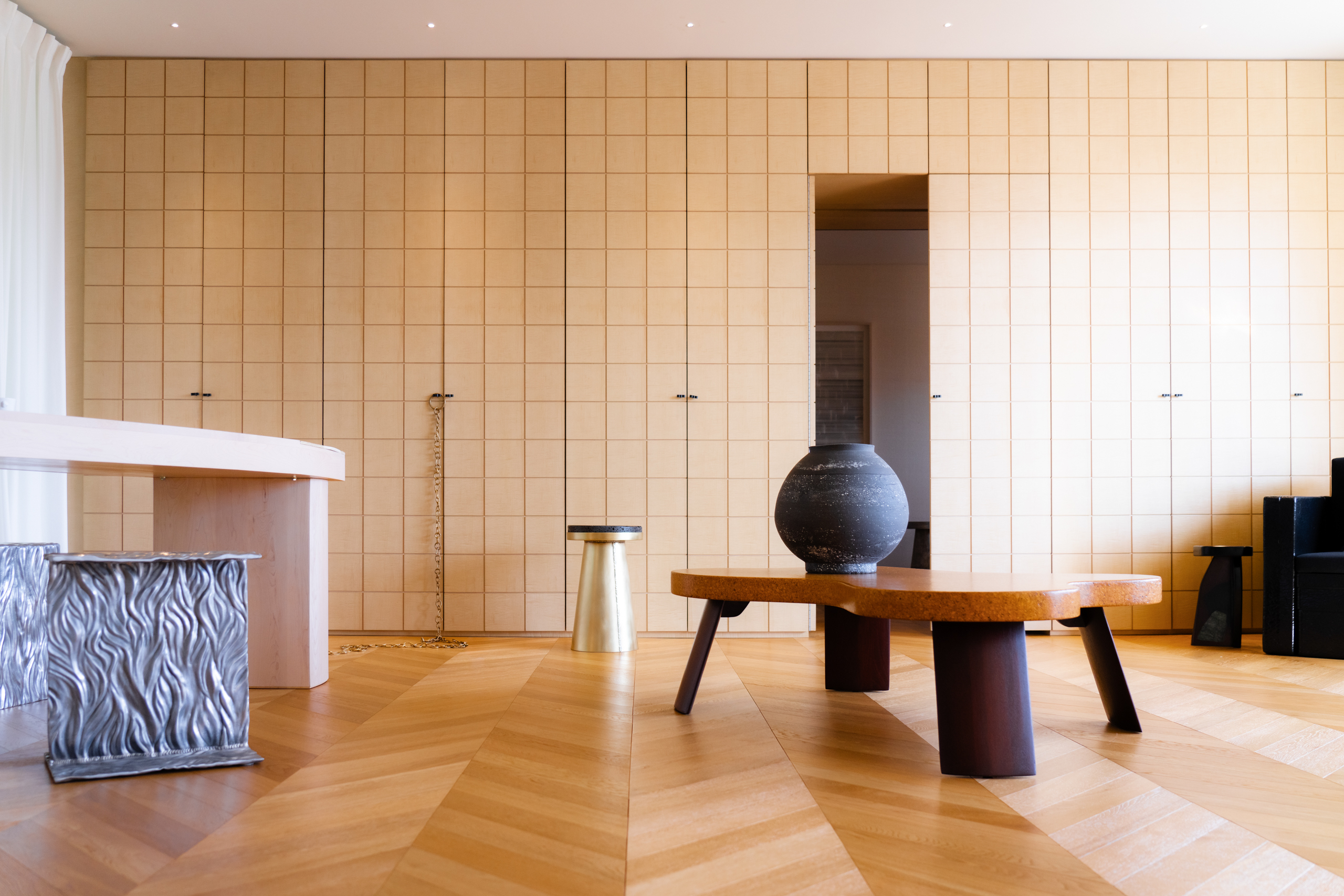 A Seoul design exhibition opens the doors to a private apartment to showcase how Koreans live at home
A Seoul design exhibition opens the doors to a private apartment to showcase how Koreans live at home'Behind Closed Doors' curated by Jillian Choi and Hye-Jin Ris Kim showcases the work of 24 Korean designers that blur the boundaries between art and functionality
-
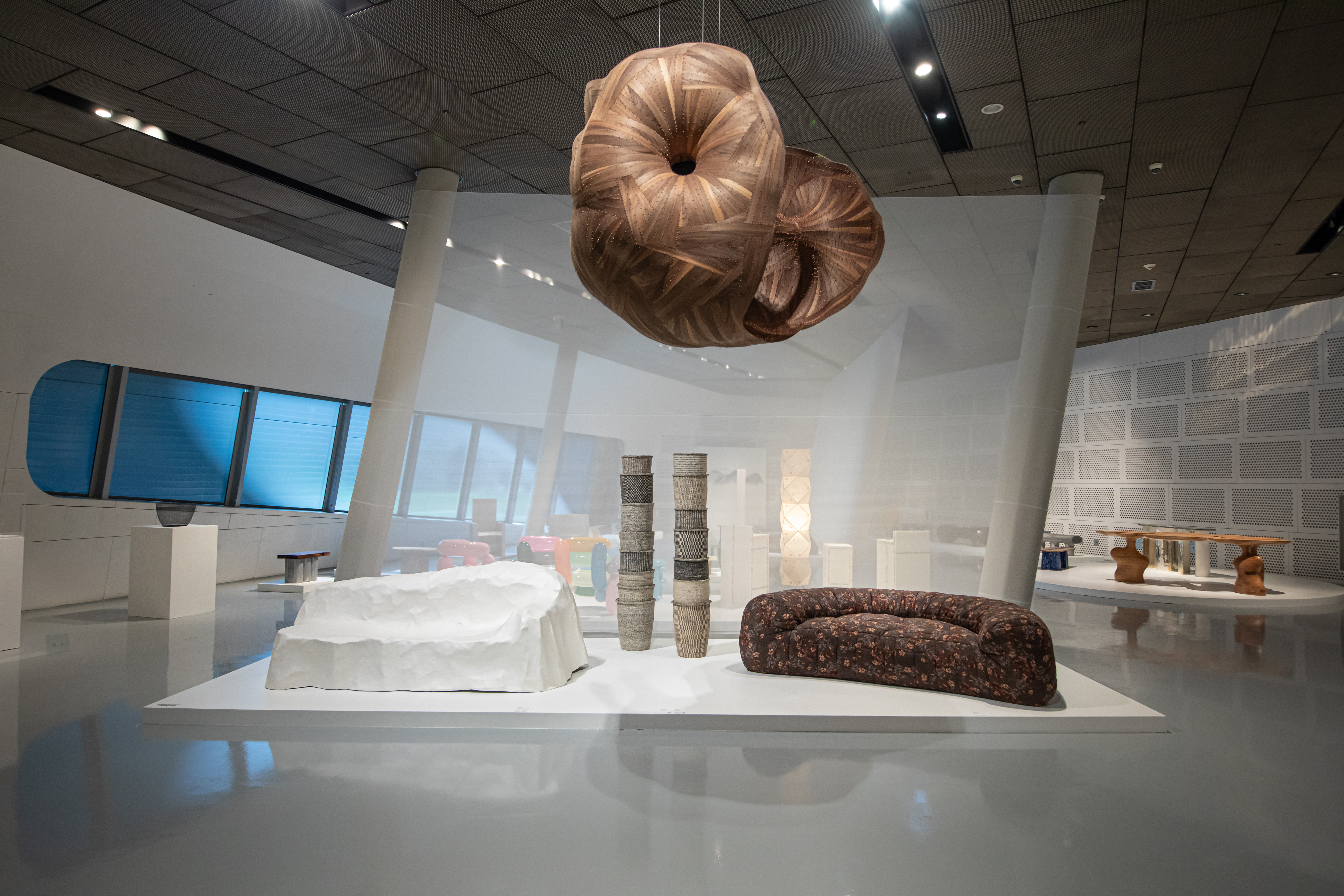 Design Miami in Seoul: inside the fair’s spectacular South Korean debut
Design Miami in Seoul: inside the fair’s spectacular South Korean debutAs Design Miami launches its inaugural Seoul event, we discover its showcases spotlighting South Korean designers who have shaped the country’s creative landscape, from traditional craft to pioneering design innovations
